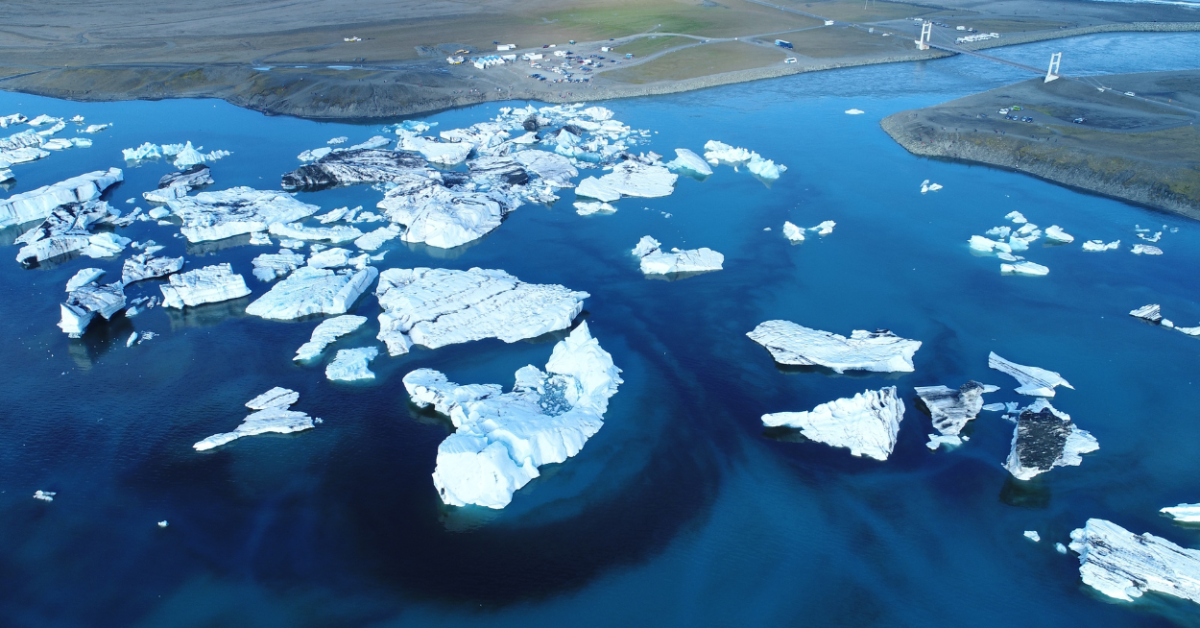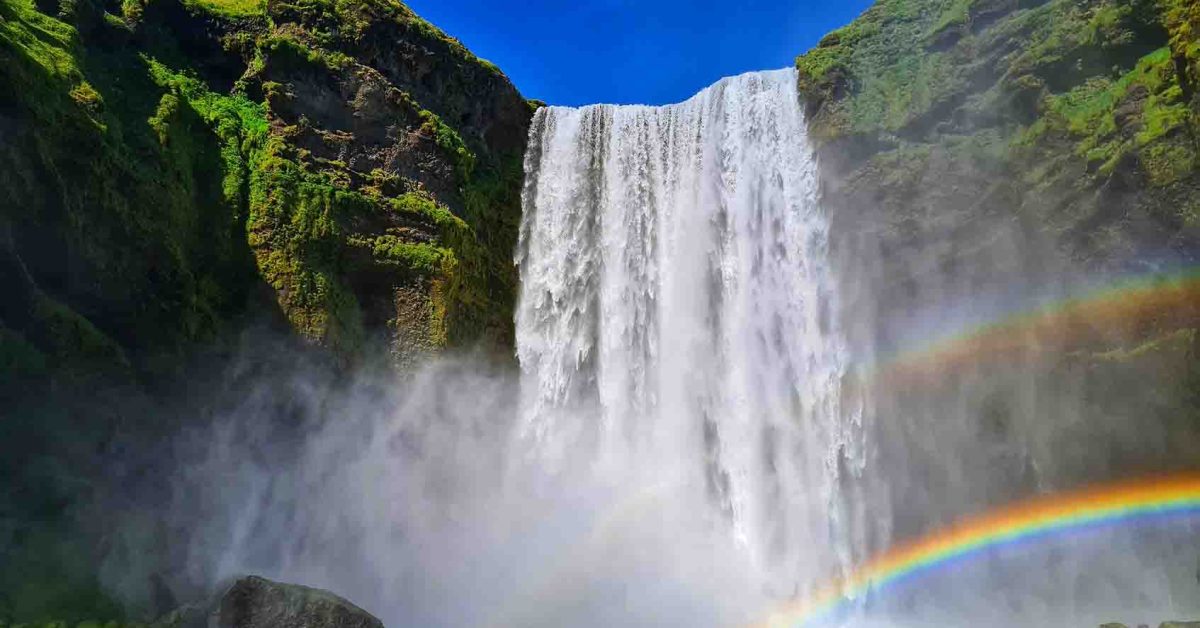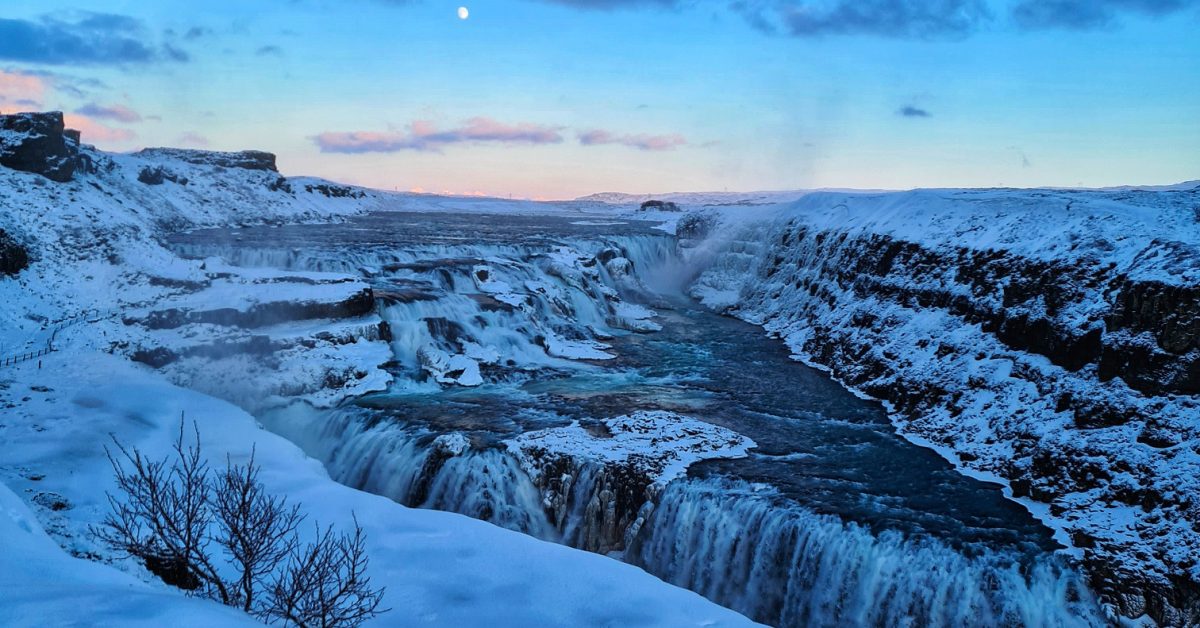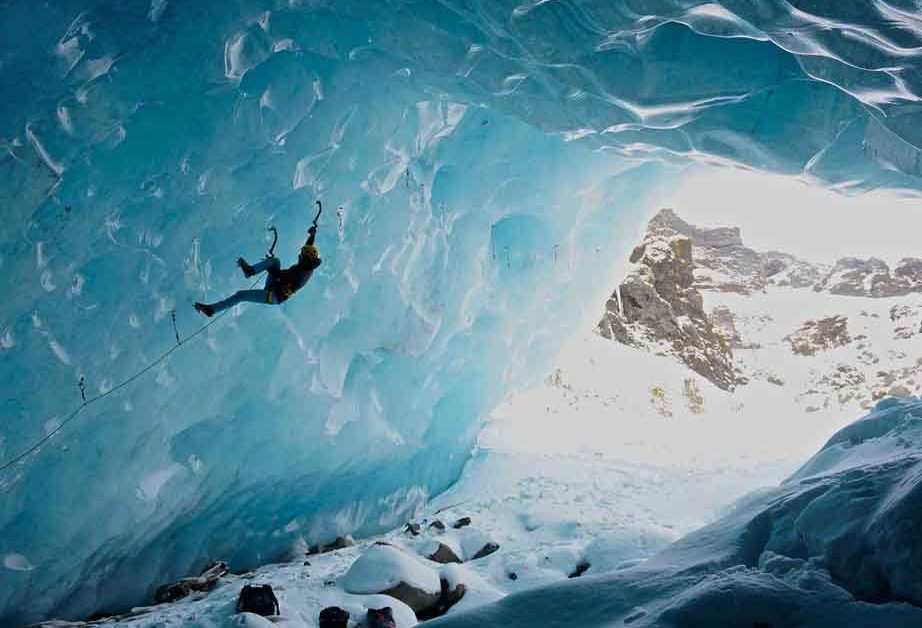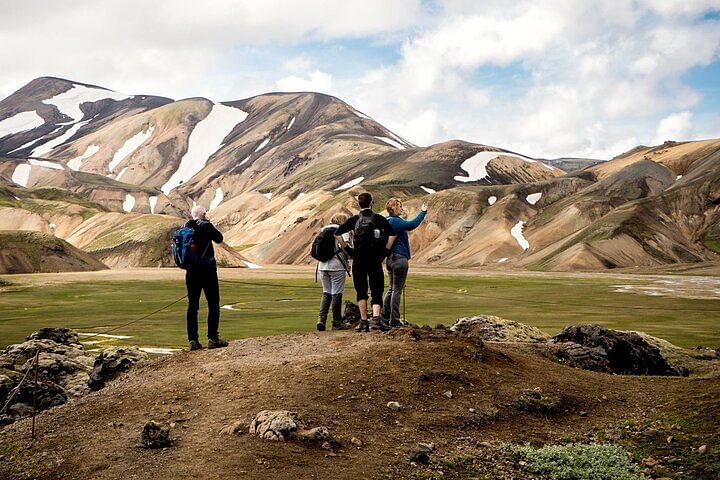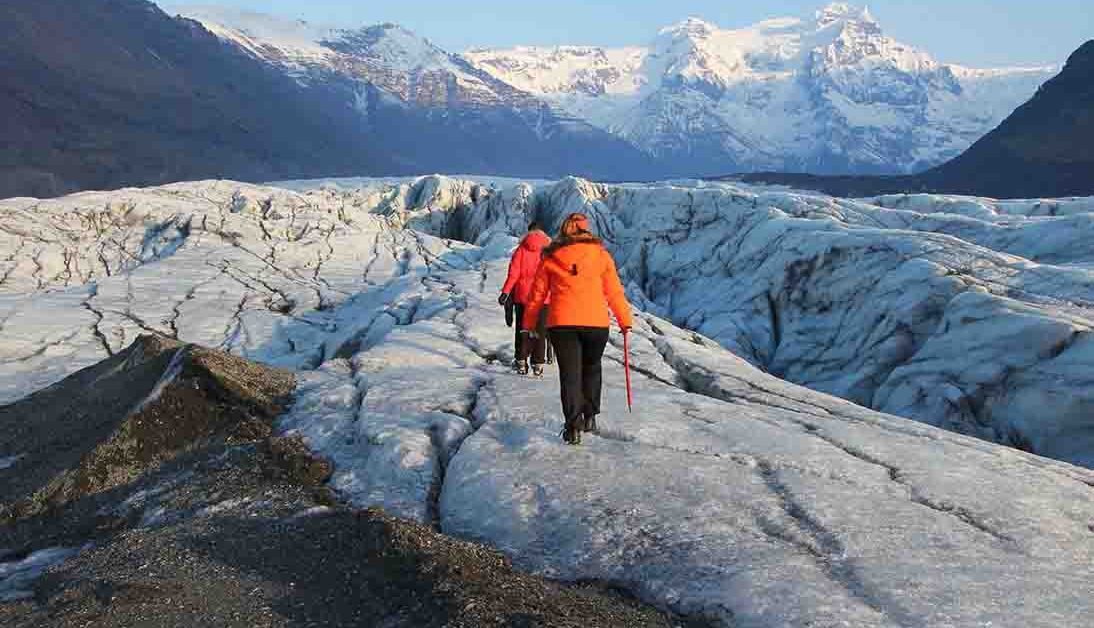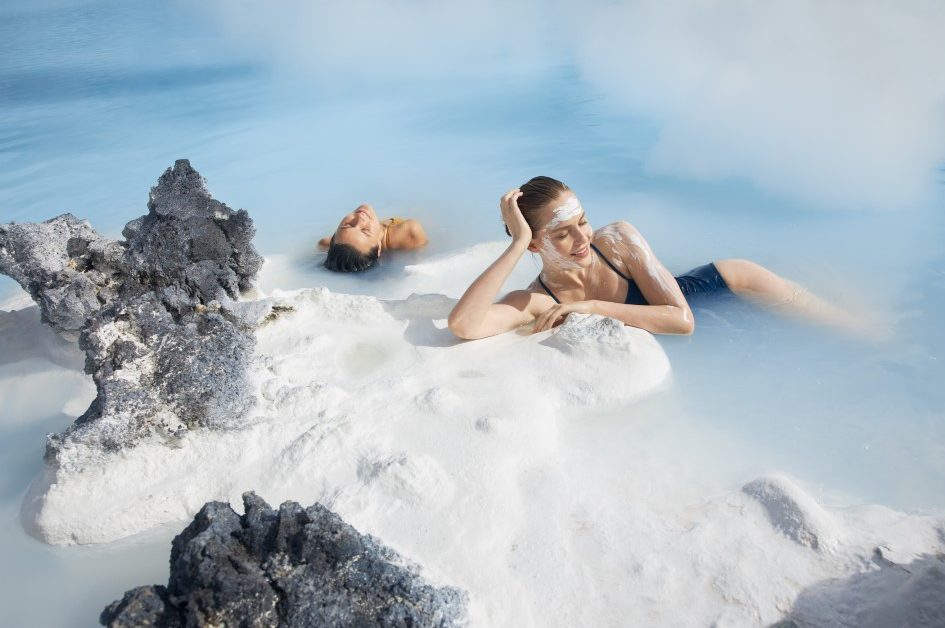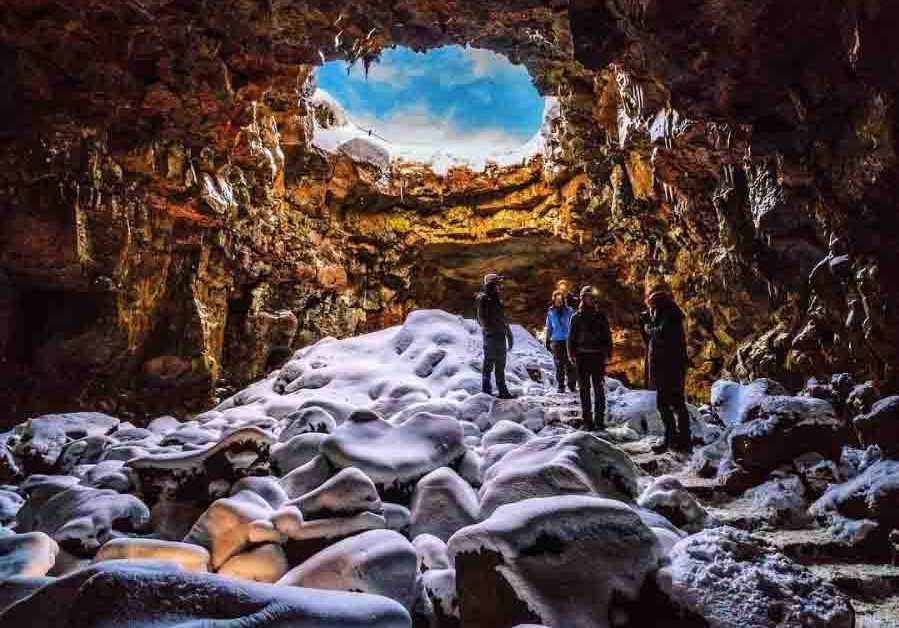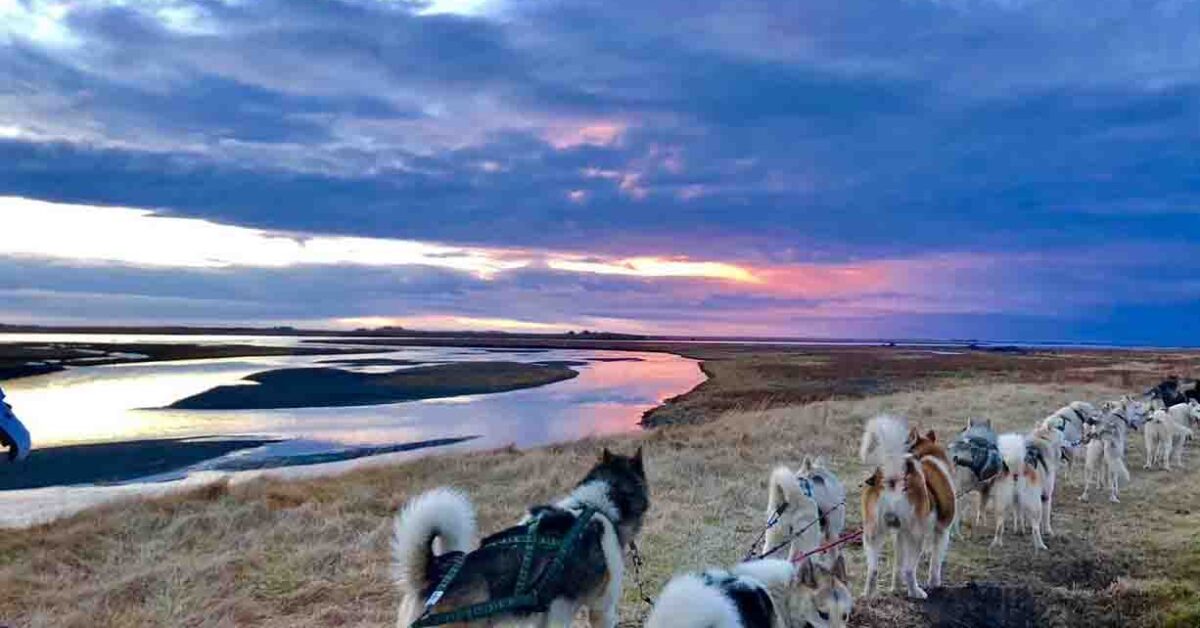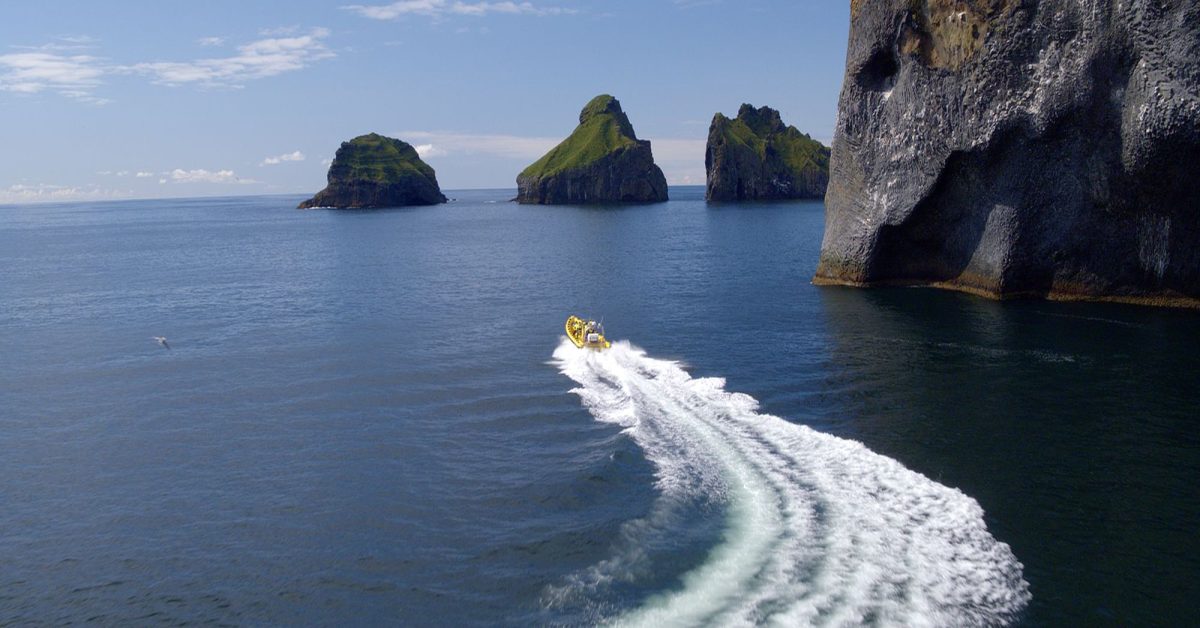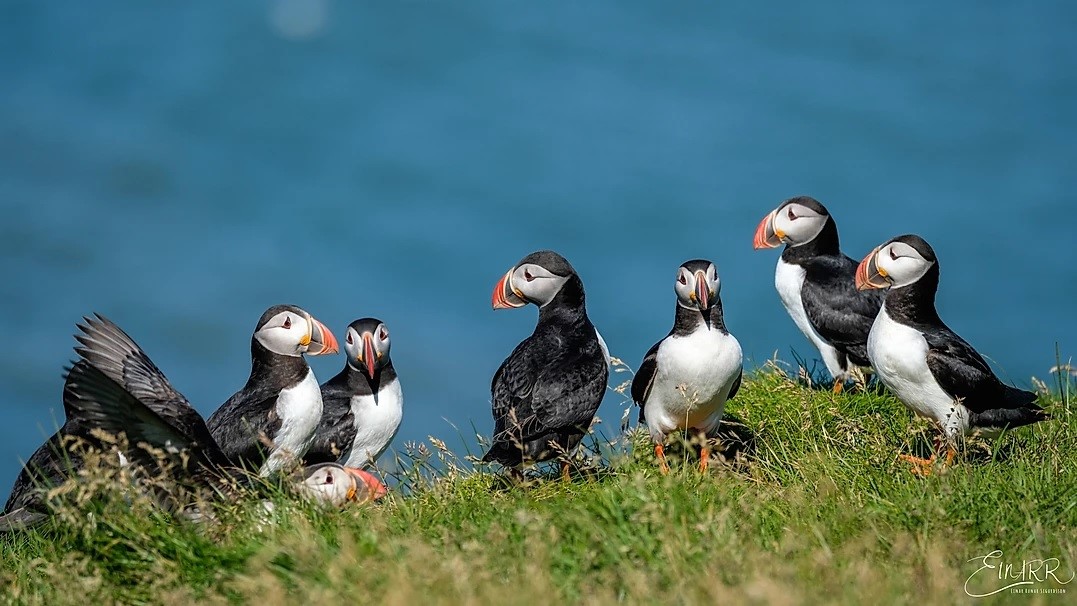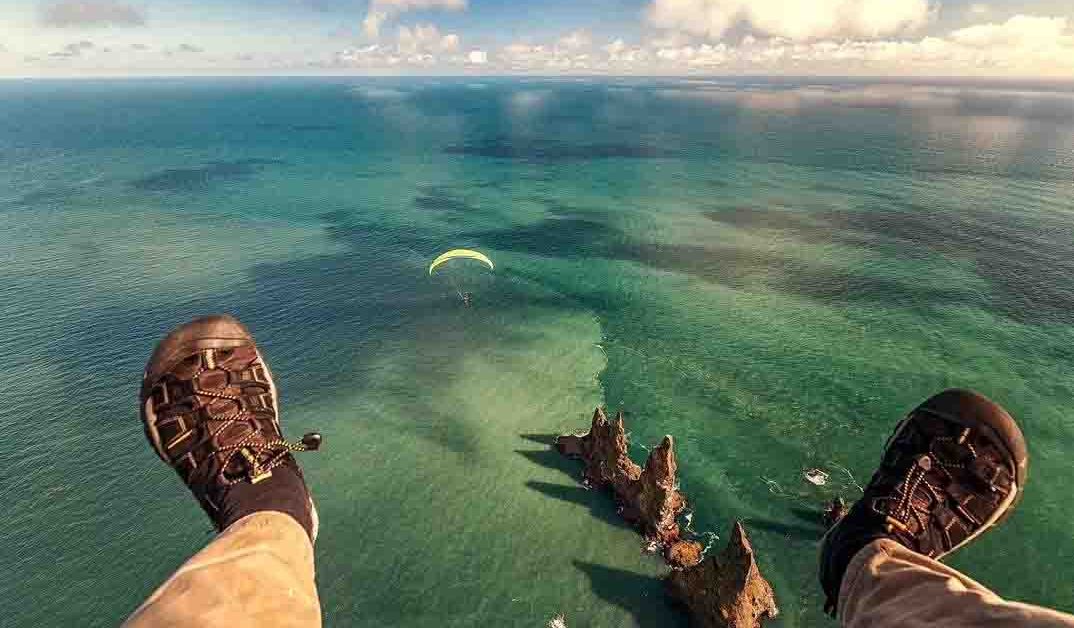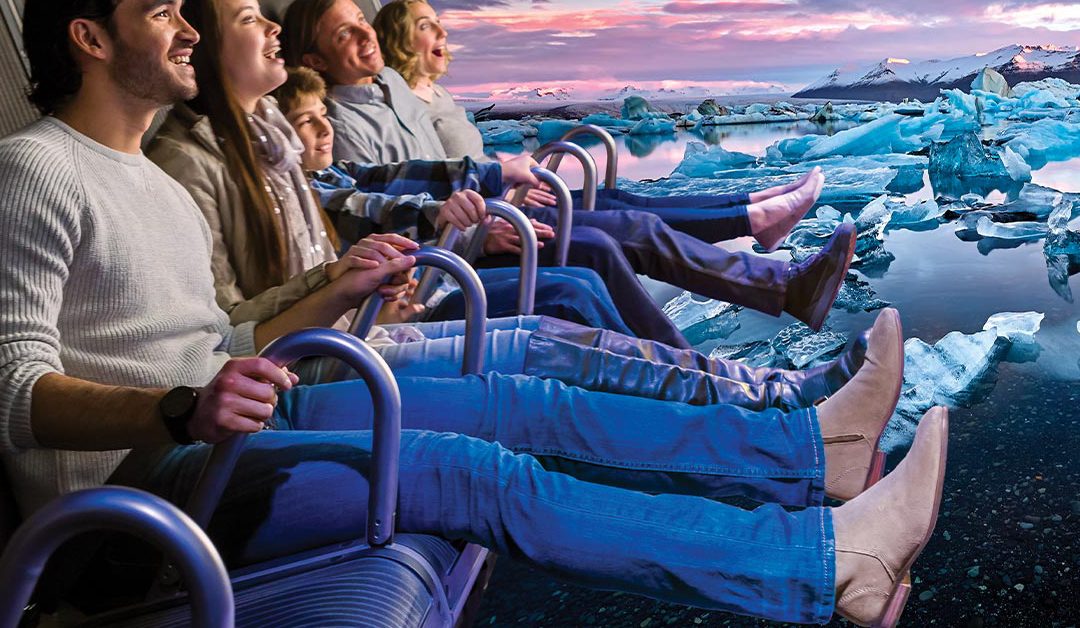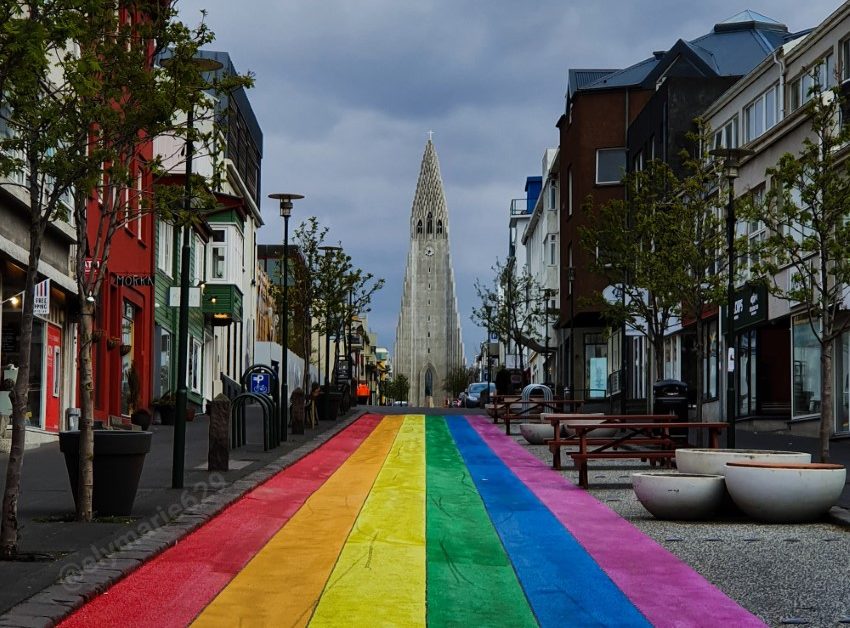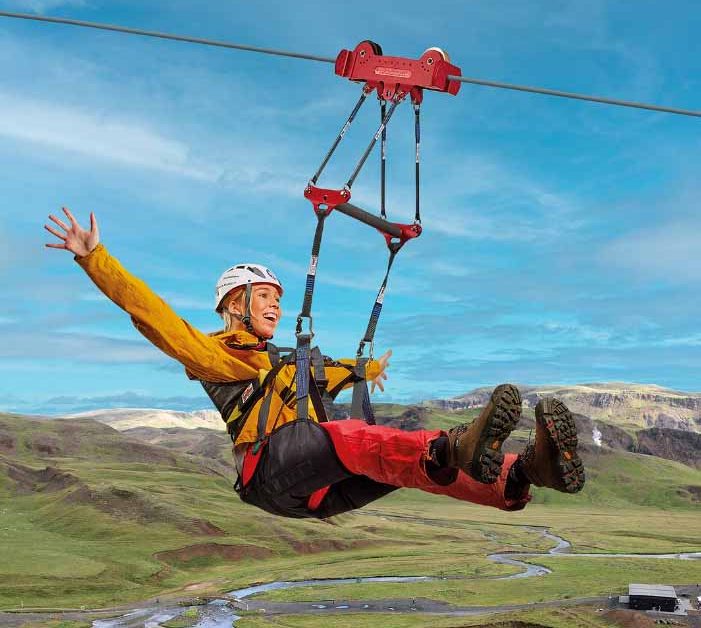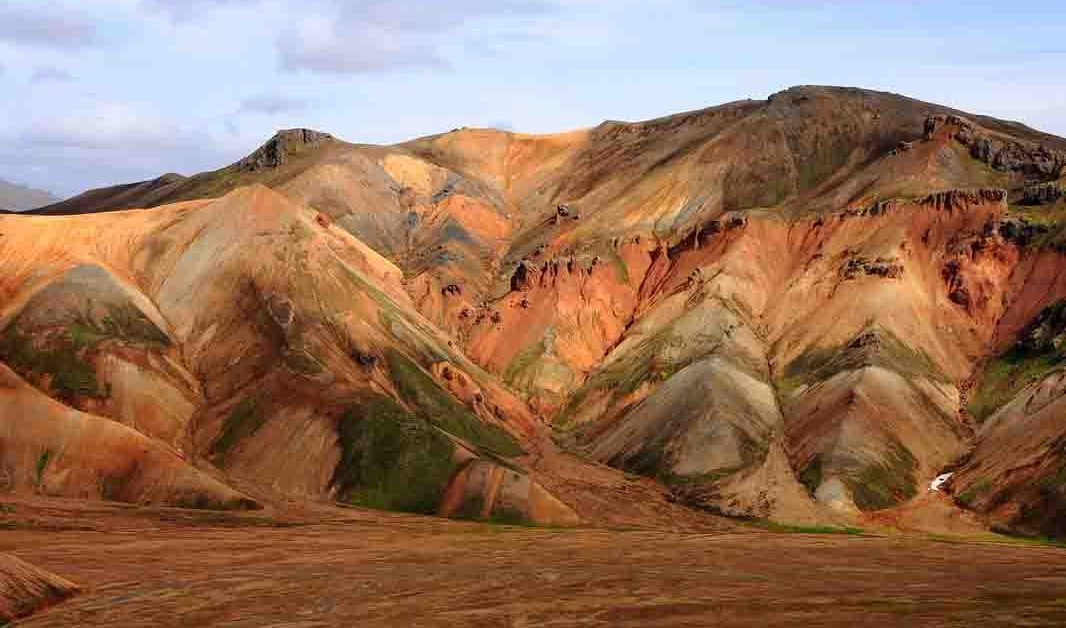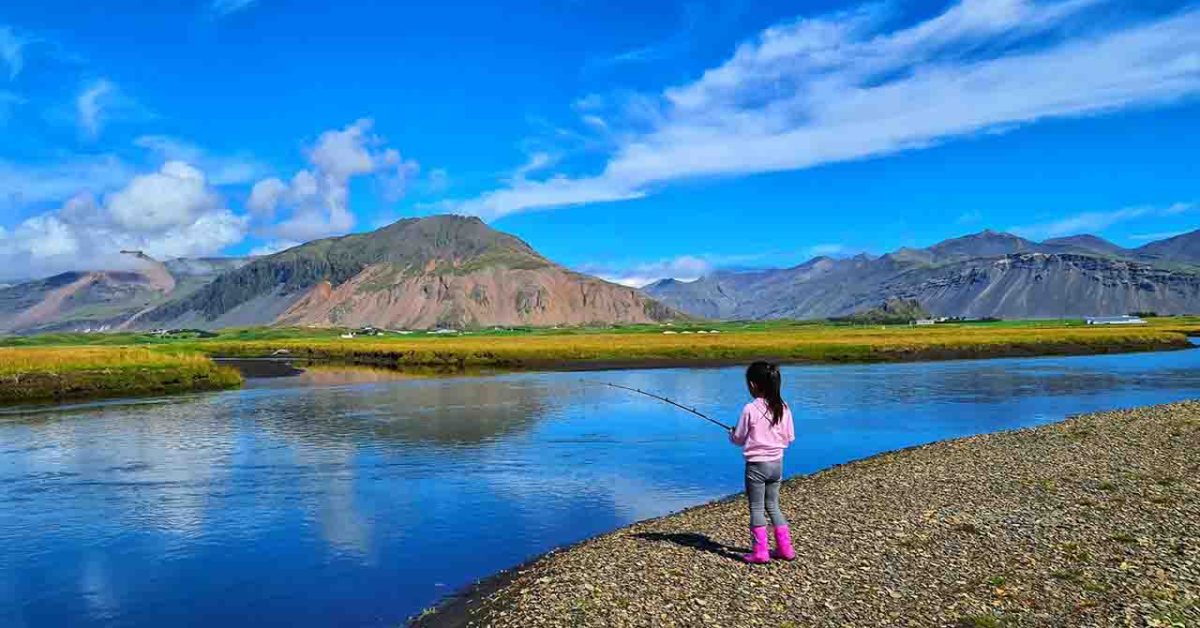Golden Circle route
The Golden Circle route is the most famous touristy route in Iceland. It covers around 300 km to three of the most visited places in Iceland, the Geysir area, Gullfoss waterfall and Þingvellir National Park.
There are many Golden Circle tours, and people enjoy visiting the famous route and doing different activities in the area. You can see not only the landmarks of the Golden Circle route, but you can enjoy a geothermal bath, a visit to a farm or even snorkelling.
Þingvellir National Park – The heart of Iceland
Þingvellir is the heart of Iceland for many reasons. But the most important one is that Þingvellir was the place of one of the first parliaments in Europe.
The Alþing general assembly was established around 930, and Icelanders discussed all the significant events in Iceland’s history at Þingvellir until 1798.
Þingvellir is nowadays a national park, and according to the Icelandic law established in 1928, the entire area must always be the property of the Icelandic nation to preserve the Alþing.
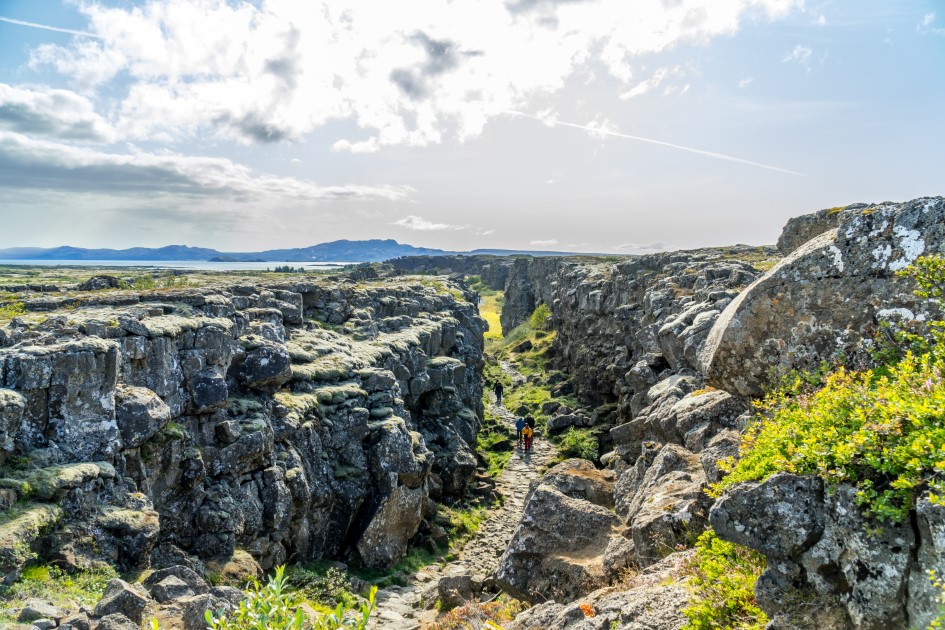
The first settlement in Iceland is also related to Þingvellir. Around 800 AD, the Viking period started in Iceland when, after internal disputes in Norway, people there decided to take their belongings and travel over the sea to Iceland.
Starting with the arrival of Ingólfur Arnarson in Iceland in 874, the next 56 years after this moment were considered ‘The settlement period” of Iceland. In Íslendingabók is mentioned that Ingólfur Arnarson reached the Icelandic mainland for the first time in Reykjavik in 870 AD, and many others followed him.
The people that lived in the new land were formed by different groups with different beliefs. Those differences and the limited natural resources people found in the new country led to violence between people. Once the population increased in Iceland, there was a need for laws.
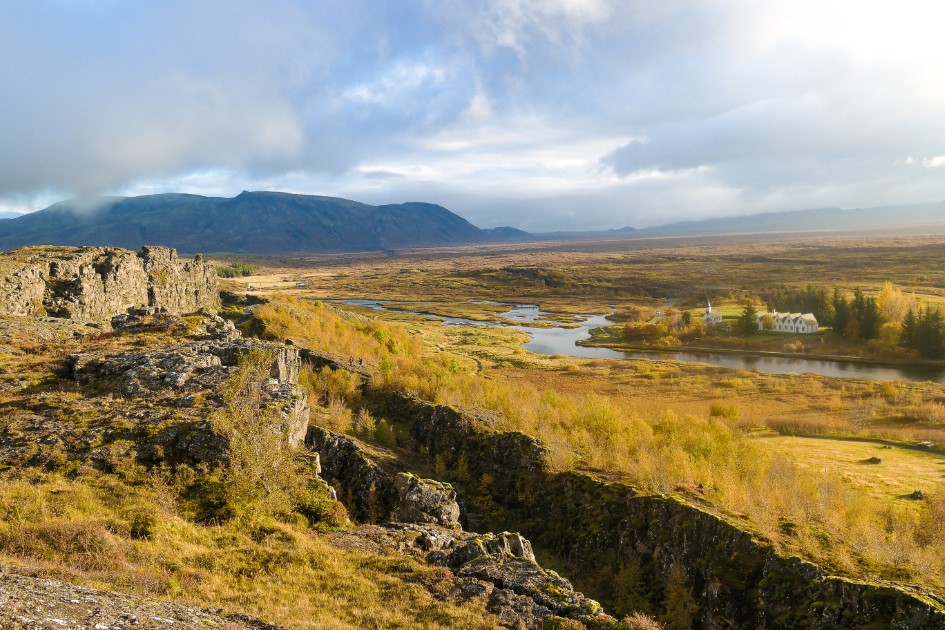
After the settlements were established, the first two district assemblies were formed, one in Þórsnes, near Stykkishólmur, and the other in Kjalarnes. Later, many other congregations were installed across the country.
With all those district assemblies, the power in Iceland was in the hands of the descendants of Ingólfur settled in the area of Reykjavik. This created the need to have one general assembly with representatives from all the district assemblies across the country.
At the beginning of 830 AD, chieftains in Iceland agreed to send someone back to Norway to learn the laws and how people are organised there and bring those laws and customs to Iceland.
The man sent to Norway for this was Úlfljótur, and the first law made by the Alþing has his name – Úlfljót’s Law. After returning from Norway, his foster brother, Grímur geitskór, travelled around Iceland to the other assemblies to find support and a good place for forming a general assembly of Iceland.
They decided on the first meeting of the Alþing at Bláskógar, now the place where is Þingvellir. This first meeting of the Alþing has marked the beginning of the Icelandic nation.
The land where Þingvellir was owned at that time by Þórir Kroppinskeggur. But because he had murdered a servant, he was punished, and all his land was given to the newly formed Alþing.
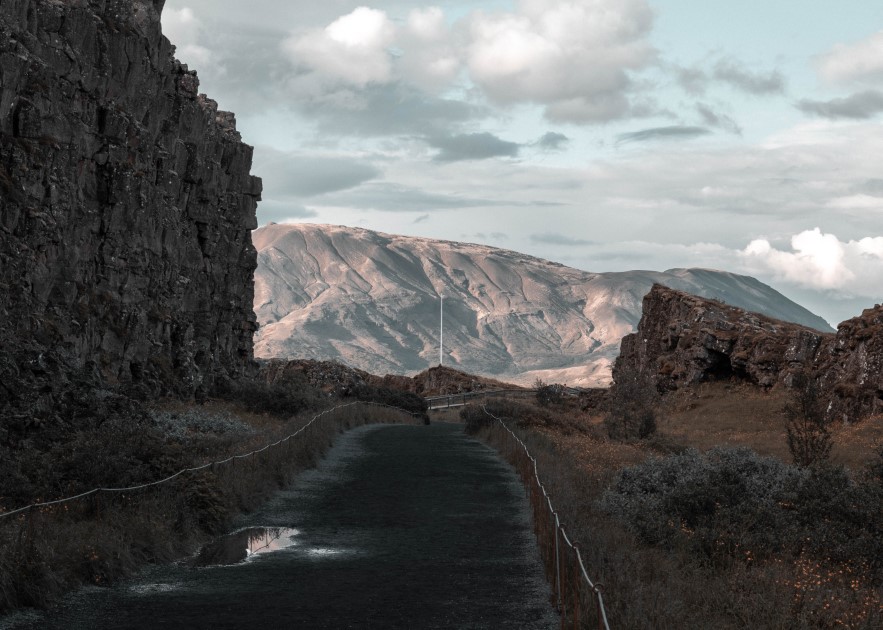
The relief of the area at Þingvellir was perfect for organising the meetings of the Alþing, and people decided to reunite there to discuss the problems of the nation.
They did not have only one person to make all the decisions, but they all agreed on what they discussed there; everything was democratic.
Þingvellir translates as ‘the fields of parliament’, and all the significant events in the history of Iceland were discussed and decided there. They even agreed on the transition from the Asatru, the Old Norse pagan belief system, to Christianity in 1000 AD when the Norwegian invasion threatened them.
In 1944 AD, at Þingvellir, the Alþing declared the independence of the Icelandic nation from Denmark and, at the same time, confirmed their first President.
The Alþing is still existing today, but it was relocated to Reykjavik after the Danish colonialism. The Alþing constantly functioned even through the Icelandic Civil War and the only period when the Alþing stopped the meetings was during the Danish colonialism between 1799 and 1844.
The Icelandic Parliament is the longest-running parliament in the world that still exists.
You can find a more detailed history of Þingvellir and the first parliament in Iceland on the official website of the Þingvellir National Park.
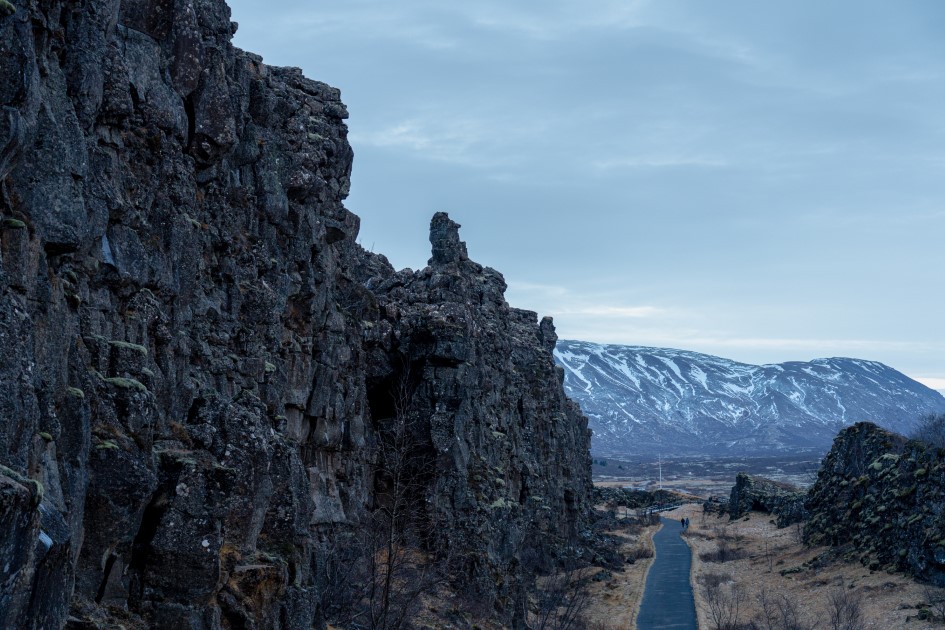
The site’s history at Þingvellir contributed to the decision to make the area a National Park in 1930, precisely a millennium after the first meeting of the Alþingi. Also, in 2004, Þingvellir National Park became a part of the UNESCO World Heritage.
Þingvellir National Park is not only an important place historically speaking, but its geology is also unique in the world. Þingvellir is located on the Mid-Atlantic Rift, and it is the only place where the Rift is above the water level.
The rift between the American and Eurasian plates is visible at Þingvellir. You can walk in the rift valley and see the walls of the tectonic plates.
The tectonic plates are moving at 2,5 cm a year, which is visible within the park. Þingvellir is a volcanic area that is currently inactive, but there is a chance for some eruptions to happen. Many earthquakes are happening every day, more or less intense.
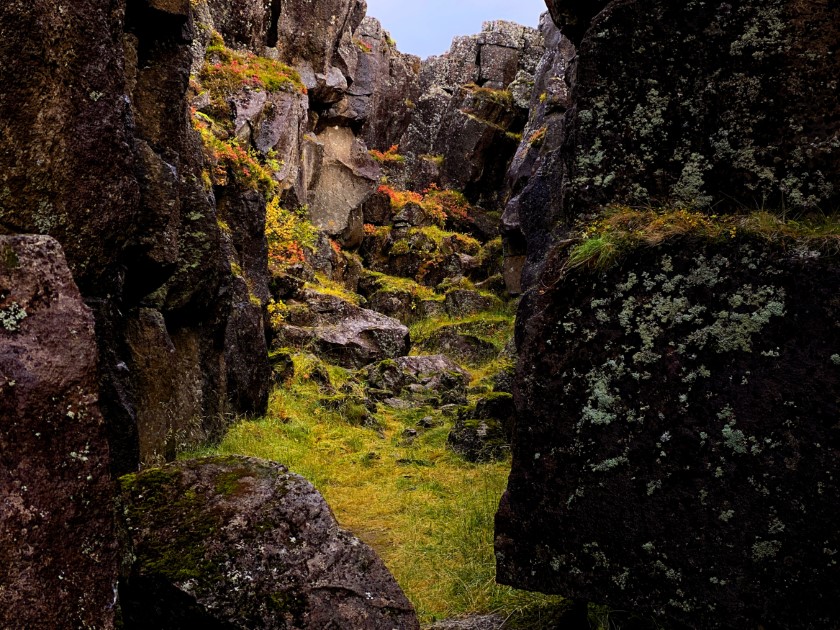
Its significance and location within only a 45-minute drive from Reykjavik make Þingvellir National Park the most visited place in Iceland. It is also the most important landmark on the famous Golden Circle route.
The site’s uniqueness at Þingvellir National Park amazed the production team of the Game of Thrones, and they filmed some scenes for season 5 of the famous series.
The National Park can be seen as the narrow path leading to the Eyrie when Littlefinger and Sansa Stark arrive at the Eyrie and when Catelyn Stark comes at her sister.
Another thing Þingvellir National Park is famous for around the world is that there is a place where you can go snorkelling between the tectonic plates. Silfra is that place, and it is unique. To go diving there, you have to meet some requirements. Read more about this on our blog about Snorkelling at Silfra.
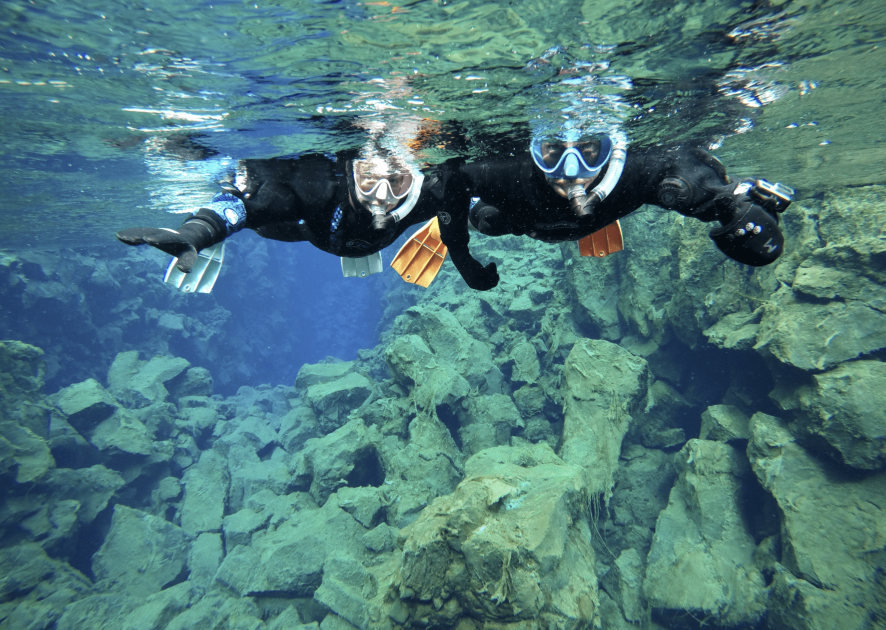
There is also a lake at Þingvellir National Park called Þingvellirvatn, and people can enjoy the fauna around it. From the lake, people can fish trout, and around the lake, many birds can be spotted, such as many species of duck, golden plovers and snipes.
There are also Arctic Foxes and Minks in the National Park, so wildlife enthusiasts will have many things to see there.
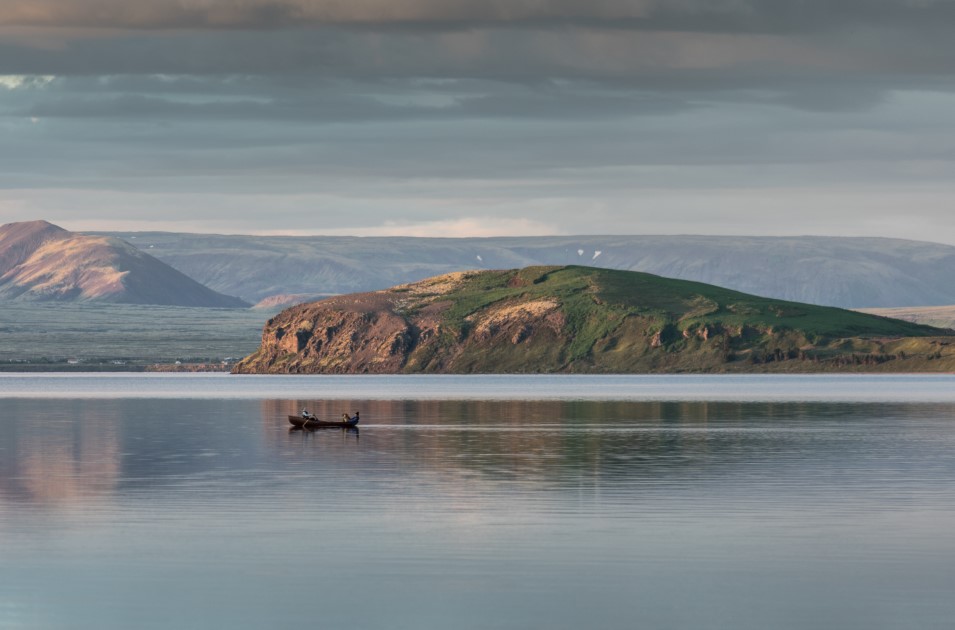
Þingvellir National Park is an important place for the Icelandic community, so respecting the environment there is very important for them. If you plan to visit Þingvellir, please remember that the flora and fauna there are very sensitive. Do not step on the moss; the moss covering the rocks is very sensitive and takes years to recover.
The paths within Þingvellir National Park are marked, and it is recommended to follow them. Icelanders are very protective of nature in their country, and it is a sign of respect to do the same once you are in Iceland.
Visit Þingvellir National Park on a Golden Circle Tour and share with us your experience.
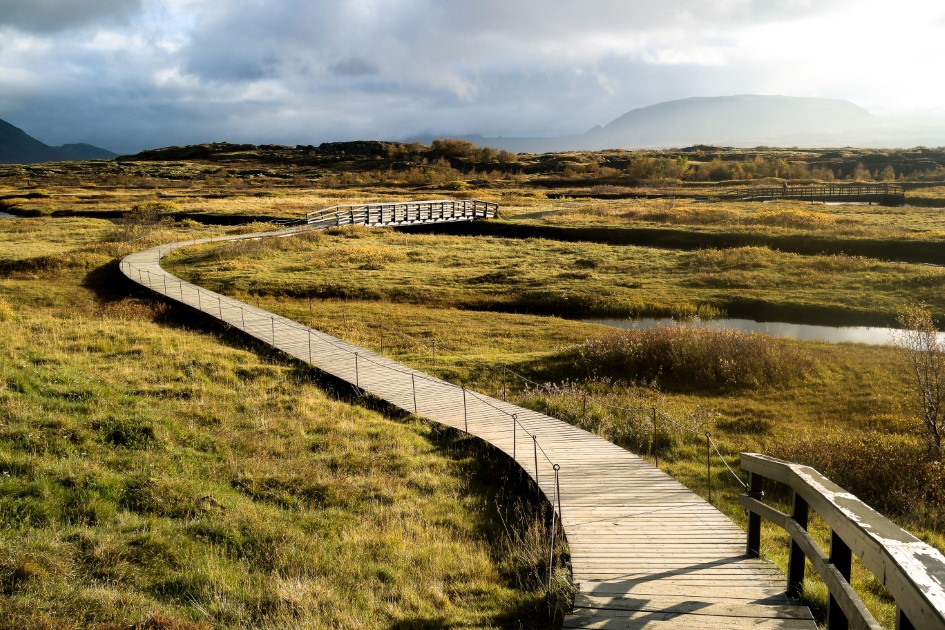
Geysir area
The famous Geysir is on everyone’s lips when talking about what you want to see in Iceland. It is included in many travel packages and visited by almost all tourists who come for the first time. The term ‘geyser’ used worldwide comes from Icelandic and the actual Geysir.
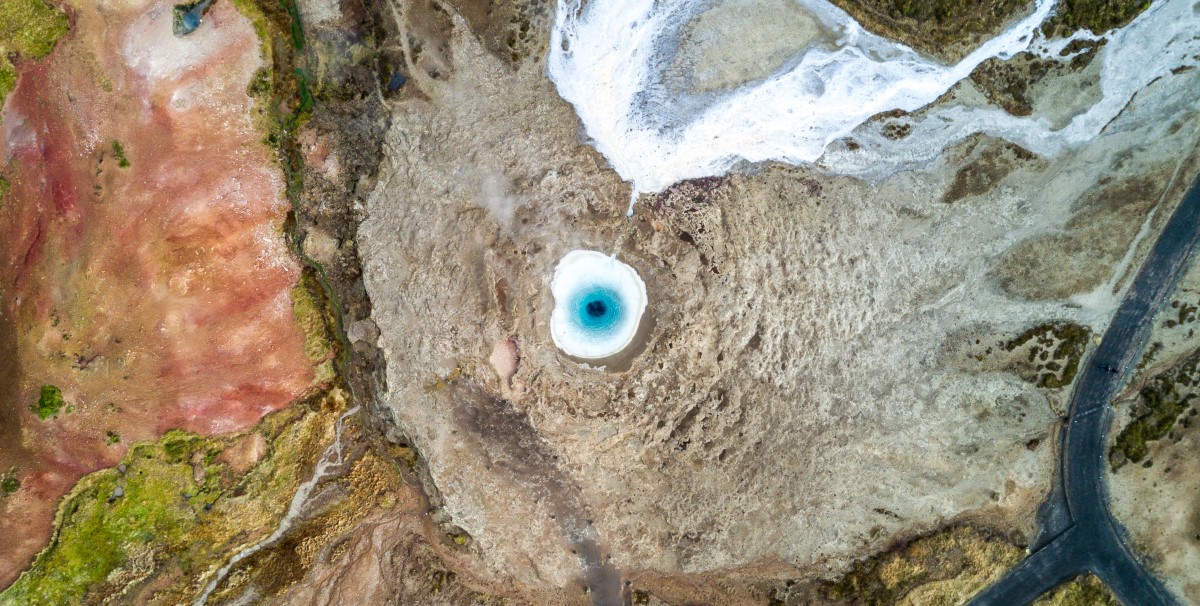
Geysir is a geothermal area part of Iceland’s most famous touristy route, the Golden Circle. In Haukadalur Valley, there are some hot springs and geysers, Smiður, Litli-Strokkur and the famous Strokkur.
Every five to ten minutes, Strokkur erupts and shoots jets of boiling water to a height between 20 to 40 meters (65 to 130 feet). It is the most famous and the most Instagrammable one.
The Geysir is larger than the three geysers mentioned and currently is inactive. It is believed that Geysir was created during an earthquake followed by the devastating eruption of Mt Hekla.
Back in time, it erupted regularly once every three hours, and then the explosions progressively took much longer intervals until they stopped altogether.
The Geysir was active until 1916, then had an episode of an outbreak in 1935. Its opening is 18 meters wide, and it has a depth of about 20 meters.
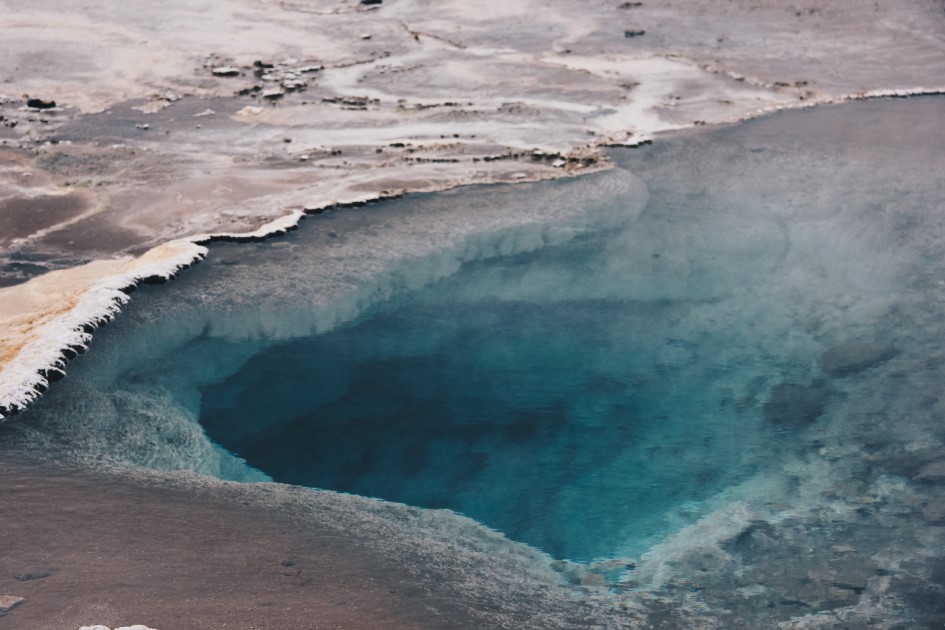
It is believed that the Geysir stopped shooting columns of hot water in the air because of the accumulations of different materials that tourists were throwing into the geyser. But there are, of course, other reasons for its cessation.
The area of Grater Geysir also has hot springs and mud pots with unusual colours hissing steam vents, hot and cold springs, warm streams, and primitive plants. You can see more than the geysers.
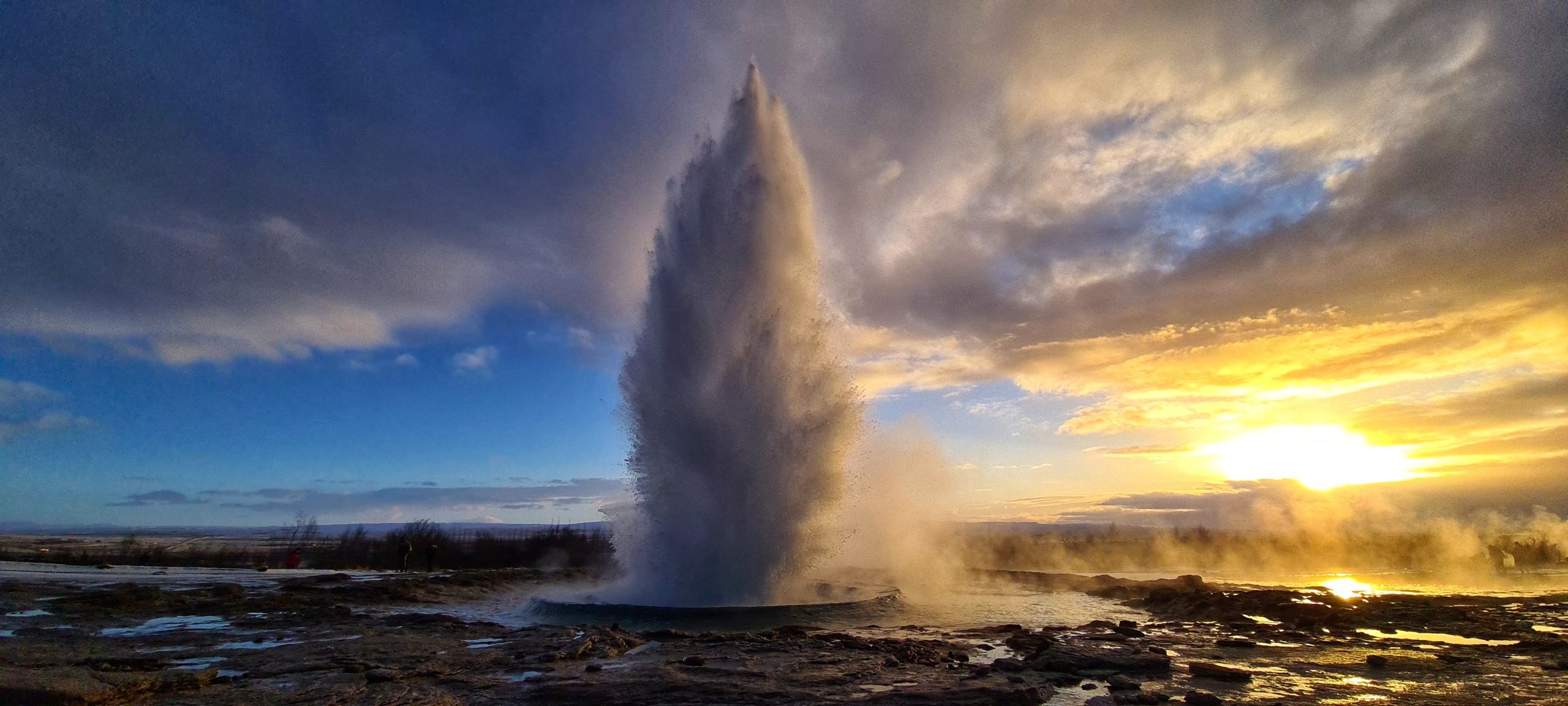
The Golden Waterfall of Iceland
Gullfoss waterfall is one of the most popular waterfalls in Iceland mostly because of its location in the Southwest of Iceland on the Golden Circle route, a famous sightseeing route that many tourists choose to follow when they come to Iceland.
The waterfall is enormous. It was formed by floodwaters that forced their way through basalt lava columns and it has two falls, the smaller one is 11 meters (36 feet), and the second and the bigger one is 21 meters (69 feet).
The water flow is different depending on the seasons. Therefore, during the summer the water flow is about 140 cubic meters (459 cubic feet) every second and during the winter the water flow drops to about 109 cubic meters (358 cubic feet) every second.
Knowing this, you will not be surprised by the power of this waterfall and the water spray, of which you will need a rain jacket if you get too close.
Before flowing into the Hvítá River canyon, the Gullfoss waterfall is fed by the river with the same name as the canyon. Both walls of this canyon reach up to 70 meters in height (230 feet). Then the waterfall descends into the great Gullfossgjúfur canyon.
The origin of the Gullfoss waterfall name has three stories: one says that the waterfall has its name from the golden hue that shines in its glacial waters under the sun.
The other story says that the name of the waterfall was given because of the rainbow that forms due to the water spray of the waterfall.
The third story of the waterfall’s name says that the name Gullfoss was found in a travel journal belonging to Sveinn Pálsson. According to gullfoss.is, in the travel journal was written that: “Once upon a time, a farmer named Gýgur lived at Gýgjarhóll.
He had plenty of gold and could not bear the thought of someone else possessing it after his lifetime. To prevent this, he placed the gold in a coffer and threw it into the waterfall.”
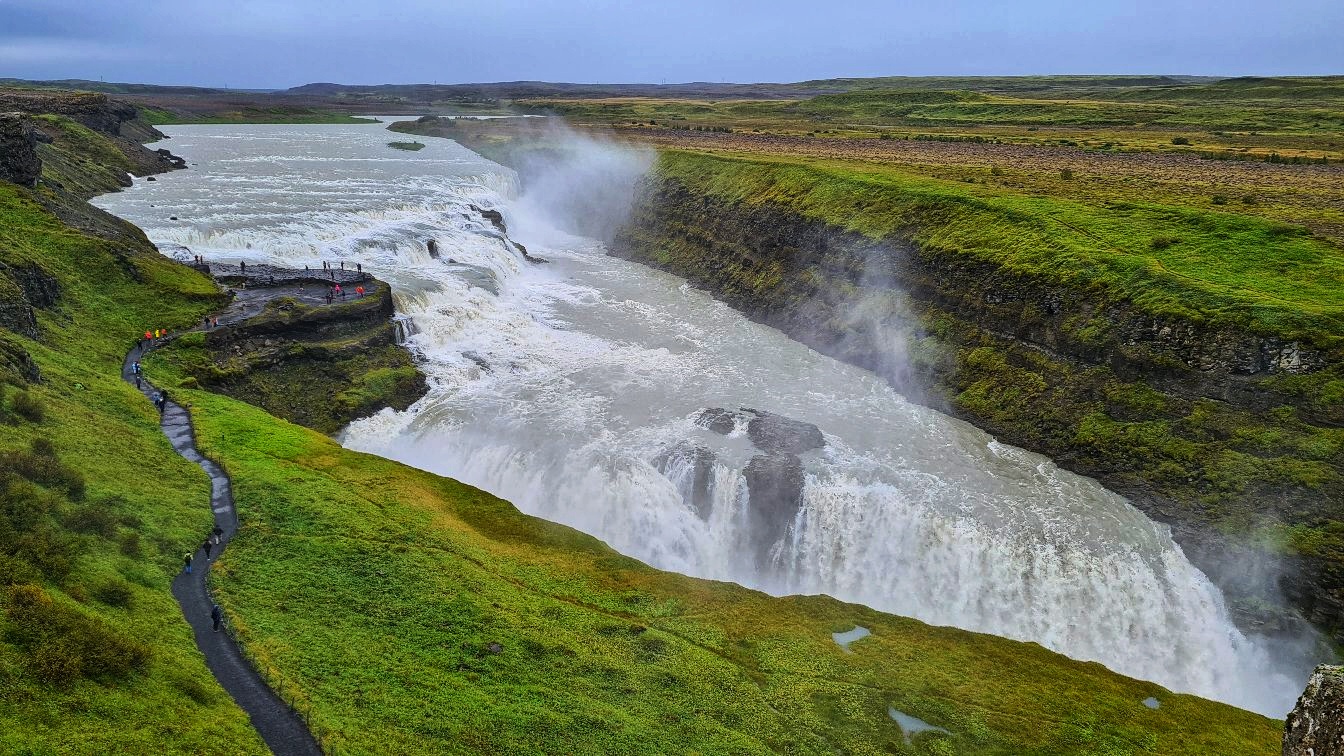
The history of the Gullfoss waterfall is very interesting. There is a story about a girl named Sigríður Tómasdóttir is considered to be the protector of the Gullfoss Waterfall.
“She was born 24th of February 1871 and she died in the Autumn of 1957, aged 87. She lived all her life in Brattholt, a farm that still exists today, and was the second eldest of 13 children born from Margrét Pórðardóttir, a housewife and Tómas Tómasson, a farmer on that same farm.” Gullfoss.is
Tourism around the Gullfoss waterfall started as far back as 1875 but access to it was difficult. Sigríður and her sisters often guided the tourists to the waterfall and also built the first trail to the waterfall.
At that time the waterfall was owned by Tómas Tómasson, Sigríður’s father. The waterfall became famous and because of its power, some foreign investors wanted to buy the land and use the waterfall as a power generator.
When Sigríður found out about this, she took the investors to the court and she fought to protect the waterfall, even threatening to throw herself in the river. She was helped in the court by a lawyer who later became the first president of an independent Iceland in 1944.
Their fight in the court against the investors had success and the investors gave up on their plan of buying the land and using the waterfall as a power generator.
After her efforts to protect the waterfall, Sigríður Tómasdóttir is one of the most famous figures in Iceland’s history. At the top of the Gullfoss waterfall, there is also a stone with a plaque detailing Sigríður’s story.
Gullfoss waterfall is visited on every Golden Circle tour. To get there you have to drive east from Reykjavik for about one hour and a half.
You can visit the waterfall every day from 9:30 to 18:30.
There are many hotels in the area of the Golden Circle route where you can stay overnight and many activities to do from there.
Some of those activities include enjoying a geothermal bath, snorkelling, snowmobile riding, farm visits and enjoying the local cuisine.
Do not miss the Golden Circle route when you come to Iceland.


















